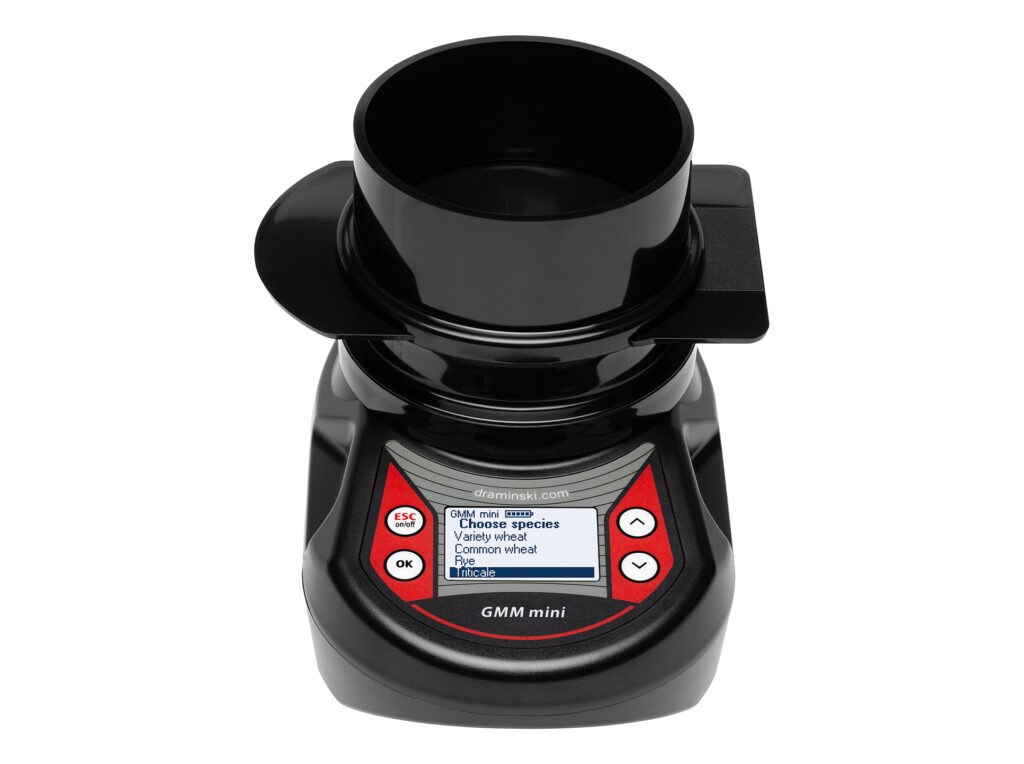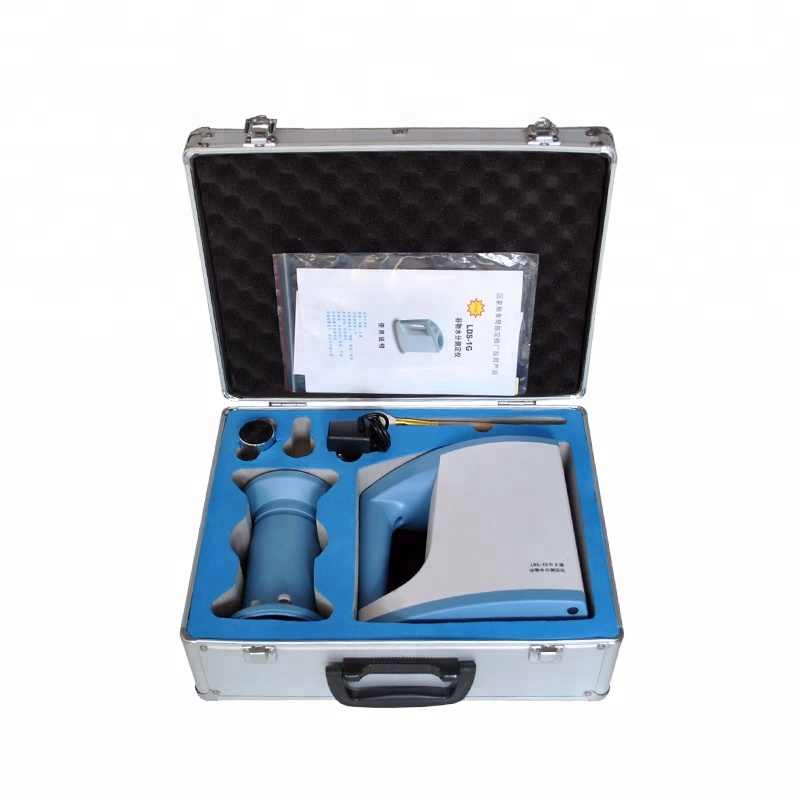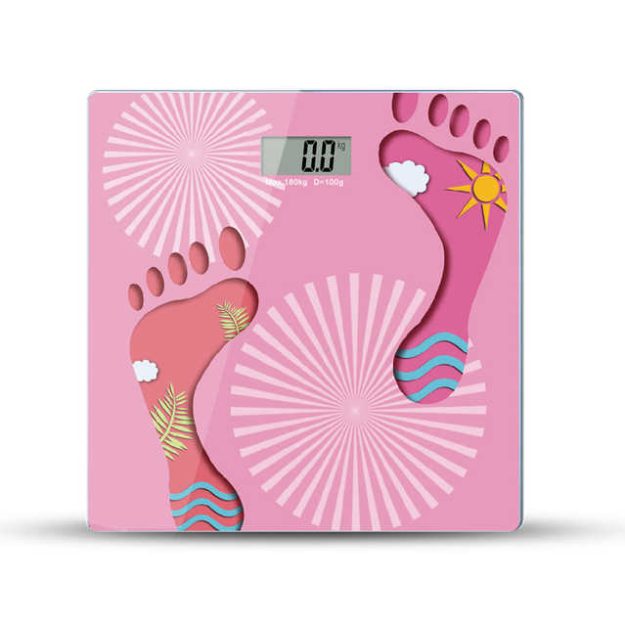Moisture plays a critical role in various industries, from agriculture to construction. Understanding the different types of moisture is essential for optimizing processes, preserving materials, and ensuring safety and quality. This guide explores the main types of moisture, their significance, and how to measure them accurately using equipment from Eagle Weighing Systems in Uganda.


What Is Moisture?
Moisture refers to the amount of water contained within a material. It can exist in different forms, depending on how it interacts with the material and environmental conditions.
Types of Moisture
Moisture is categorized based on its form and how it is retained in a material:
1. Surface Moisture
This is water that clings to the outer surface of a material. Surface moisture is not absorbed into the material’s structure and can be easily removed through drying or wiping.
- Example: Dew on crops or water on construction materials after rain.
- Significance: Affects processes like painting, coating, and drying in agriculture and construction.
2. Bound Moisture
Bound moisture refers to water molecules that are chemically bonded to a material’s structure. This type of moisture cannot be removed easily through standard drying methods.
- Example: Water bound within the fibers of wood or soil particles.
- Significance: Requires specialized drying processes, critical in industries like timber and food processing.
3. Free Moisture
Free moisture is water trapped within the pores or voids of a material but not chemically bonded. It can be removed with ease using conventional drying methods.
- Example: Water inside grains or construction materials like sand and cement.
- Significance: Directly affects the weight and usability of materials, such as grains for storage or concrete for construction.
4. Hygroscopic Moisture
Hygroscopic moisture refers to water absorbed from the surrounding environment due to humidity. Materials with hygroscopic properties attract and retain water from the air.
- Example: Salt, sugar, and powders like flour.
- Significance: Impacts product stability and storage, especially in Uganda’s humid climate.
5. Equilibrium Moisture
Equilibrium moisture occurs when a material reaches a state where it neither gains nor loses water to the surrounding environment. This happens when the material’s moisture content balances with the ambient humidity.
- Example: Stored grains that stabilize in moisture during prolonged storage.
- Significance: Helps determine safe storage conditions and prevents mold growth.
6. Residual Moisture
Residual moisture is water remaining in a material after undergoing drying or dehumidifying processes. It represents the lowest moisture level achievable under given conditions.
- Example: Low-moisture content in processed flour or dried fruits.
- Significance: Ensures product quality and shelf stability.
Measuring Different Types of Moisture
To measure moisture effectively, you need accurate tools. Eagle Weighing Systems provides a range of moisture meters in Uganda for different industries:
- Grain Moisture Meters: Ideal for monitoring moisture in cereals like maize and rice.
- Soil Moisture Meters: Essential for agriculture and irrigation planning.
- Timber Moisture Meters: Designed for wood and construction materials.
Explore these tools on Eagle Weighing Systems’ website.
Applications of Moisture Measurement in Uganda
- Agriculture: Helps farmers determine the readiness of crops for storage or sale.
- Construction: Ensures materials like concrete and sand meet required moisture levels for structural integrity.
- Food Processing: Maintains consistency and quality in products like flour, sugar, and spices.
- Timber Industry: Prevents warping and cracking by ensuring proper moisture levels.
Why Choose Eagle Weighing Systems?
At Eagle Weighing Systems, we provide high-quality moisture meters that ensure precise results in Uganda’s diverse environments.
- Durability: Built to handle Uganda’s tropical conditions.
- Accuracy: Advanced technology ensures reliable readings.
- Affordability: Competitive prices starting from UGX 500,000.
- Support: Expert advice and after-sales service.
For more information, visit our Facebook page, Twitter, or YouTube channel.
Importance of Managing Moisture in Uganda
- Prevents Losses: Proper moisture control reduces spoilage in stored grains and food.
- Enhances Productivity: In agriculture, correct soil moisture levels boost crop yields.
- Improves Safety: Moisture control in construction prevents material failures.
Pricing and Availability
Eagle Weighing Systems offers moisture meters suitable for various applications, with models starting at UGX 500,000. Visit our dedicated website to explore our inventory.
Conclusion
Understanding the different types of moisture is essential for optimizing processes and ensuring material quality in industries like agriculture, food processing, and construction. Accurate moisture measurement tools from Eagle Weighing Systems provide the precision and reliability you need.
For top-quality moisture meters and expert advice, trust Eagle Weighing Systems. Follow us on Facebook, Twitter, and YouTube for updates








